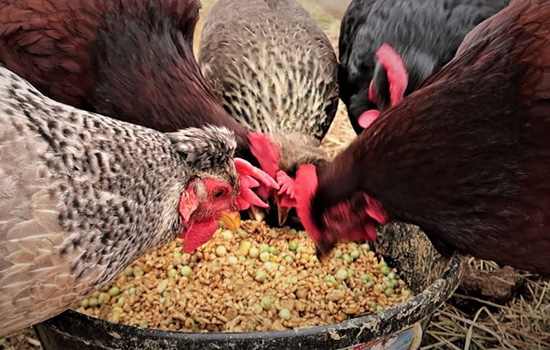In addition to poultry farming equipment, the biggest production cost of chicken farms is the cost of feed, which accounts for about two-thirds of the total expenditure. According to statistics, in poorly managed and ineffective chicken farms, feed waste can account for 3% to 8% of annual feed consumption. Therefore, reducing feed waste is an important measure to increase the efficiency of chicken farms.
1. Choose the right variety and control the stocking density
(1) Raising high-yield and high-quality varieties. It can choose the breeds with high feed compensation and suitable body size. Such varieties have high production performance, great potential, fast growth, high egg production rate and high feed compensation. Some varieties can reach 2.1:1.
(2) Feeding density should be appropriate. Regardless of whether it is raised or caged, the density is too large, and it is prone to predation. The feed is difficult to control, resulting in direct waste of feed.
2. Properly prepare processed feed
(1) Do a good job of adjusting the breeding work. According to the nutritional needs of different feeding stages, a comprehensive and balanced diet should be prepared and replaced in time. Pay special attention to the energy-protein ratio, the ratio of various amino acids, the ratio of calcium to phosphorus, etc., and make reasonable supplements.
(2) The feed size should be appropriate. The thickness of the powder should be suitable. Some farms think that the grain size is large, and the chicken likes to eat. In fact, the excessive particle size affects the digestibility after eating, and is quickly excreted from the body, resulting in wasted feed; however, the particle size is too small and the palatability is poor, and it is easy to form. Dust, causing waste of straight feed, but also seriously affecting air quality. The particle size is preferably from 0.4 to 0.8 mm.
(3) Stir the feed evenly. Mechanical mixing should be suitable for the amount of material, and the mixing time should meet the requirements of the equipment. Vitamins, amino acids, trace elements, drugs and other additives should be prepared in advance with 1% premix and then mixed with other raw materials; when manual mixing is required, multiple layers should be mixed in multiple layers to ensure uniformity.
